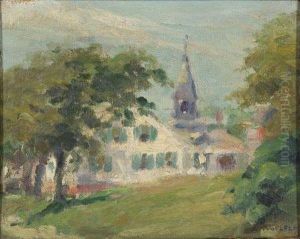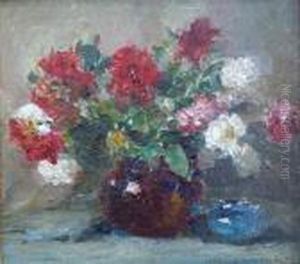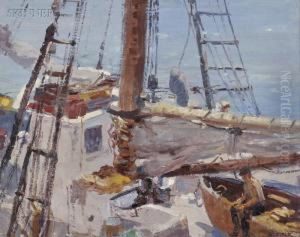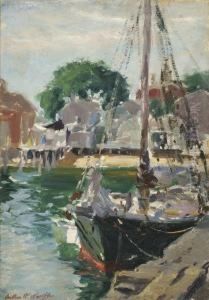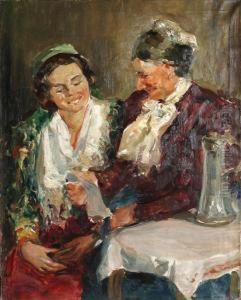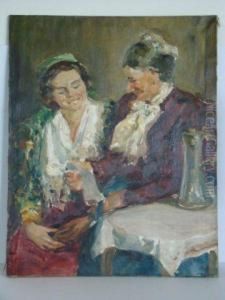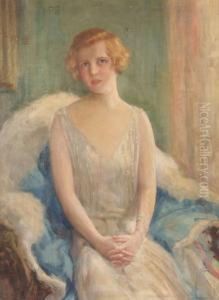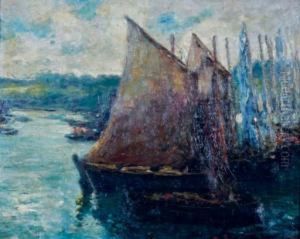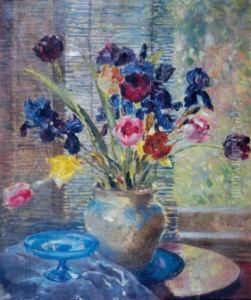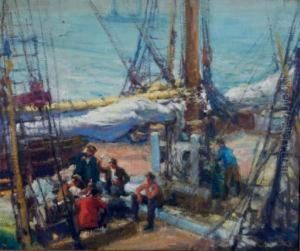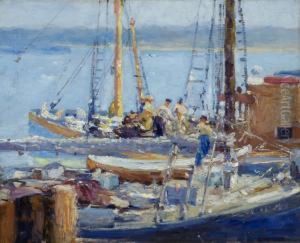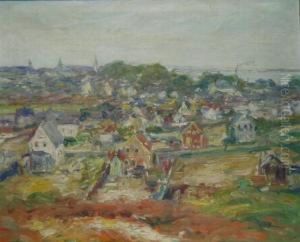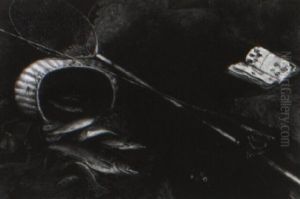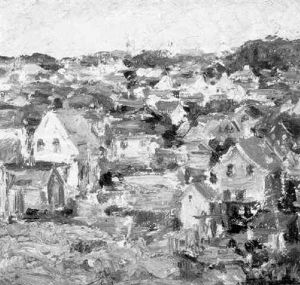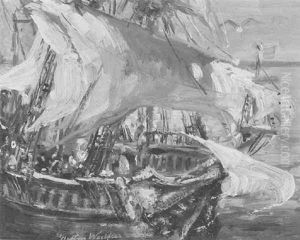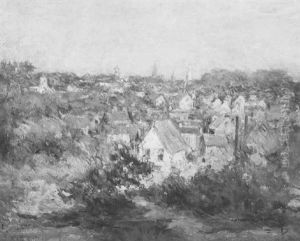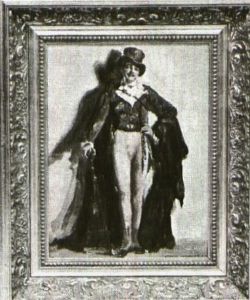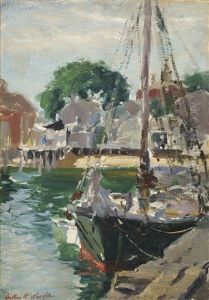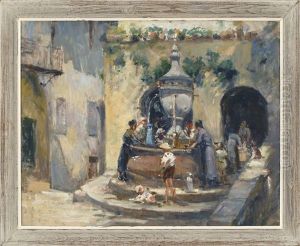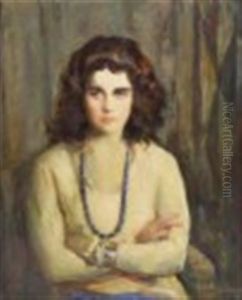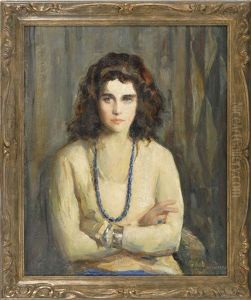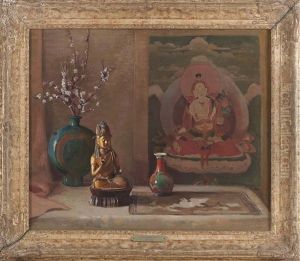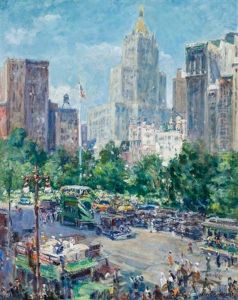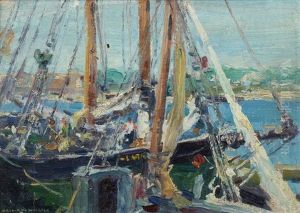Arthur William Woelfle Paintings
Arthur William Woelfle was an American painter and etcher, born in 1873. Not widely known beyond the circles of early 20th-century American art, Woelfle’s contribution to the American art scene, particularly in the realm of etching and painting, showcases a blend of traditional and innovative techniques that capture the American spirit of his time.
Woelfle's early life and education in art remain somewhat obscure, but it is evident that by the early 1900s, he had established himself as a proficient artist. His work often depicted landscapes, urban scenes, and occasionally portraits, rendered in a style that merged realism with the emerging sensibilities of impressionism. This approach allowed him to capture the essence of his subjects with a fresh perspective, making his work resonate with both contemporaries and modern audiences.
Throughout his career, Arthur William Woelfle participated in various exhibitions, gaining recognition amongst his peers and art critics alike. His etchings, in particular, were celebrated for their technical precision and ability to evoke mood and atmosphere. Woelfle's mastery in this medium contributed to the revival of interest in etching in the United States during the early 20th century, a period when American art was increasingly seeking its identity separate from European influences.
Despite his achievements, Woelfle's legacy is not as prominent as that of his contemporaries. The reasons for this may vary, from the sheer volume of artists during his time to the evolving tastes in art that shifted focus away from his particular style and medium. Nevertheless, for those who delve into the history of American art, Arthur William Woelfle represents an intriguing figure whose work offers insight into the nuanced transition of American art from the late 19th to the early 20th century.
Arthur William Woelfle passed away in 1936. Today, his pieces can be found in select galleries and collections, serving as a testament to his skill and dedication to the arts. His contribution to American etching and painting, while perhaps not widely celebrated, remains an important part of the tapestry that comprises the rich history of American art.
